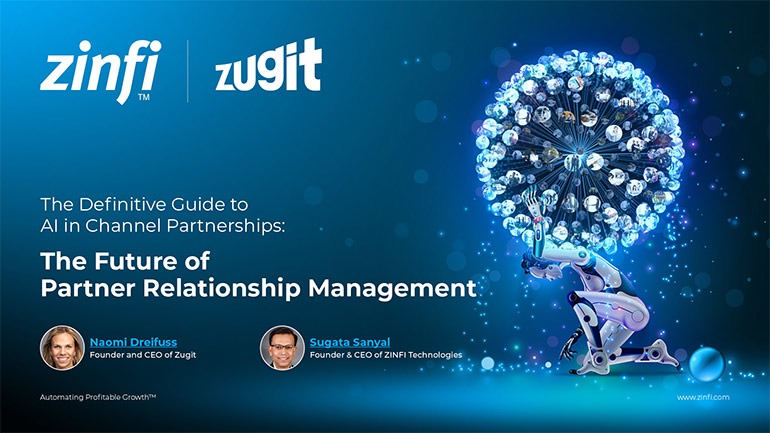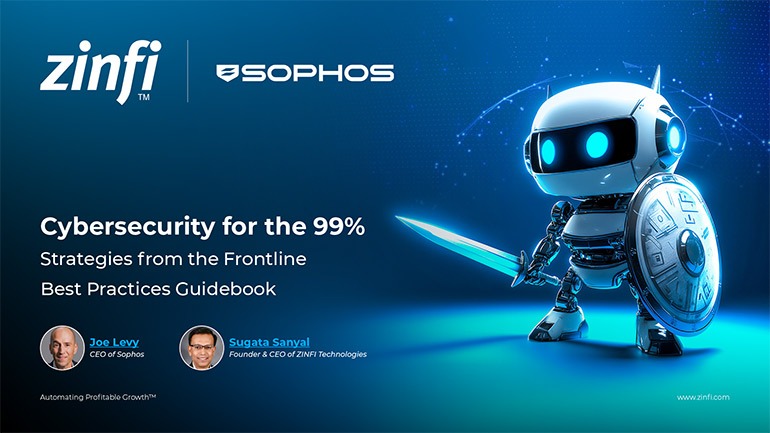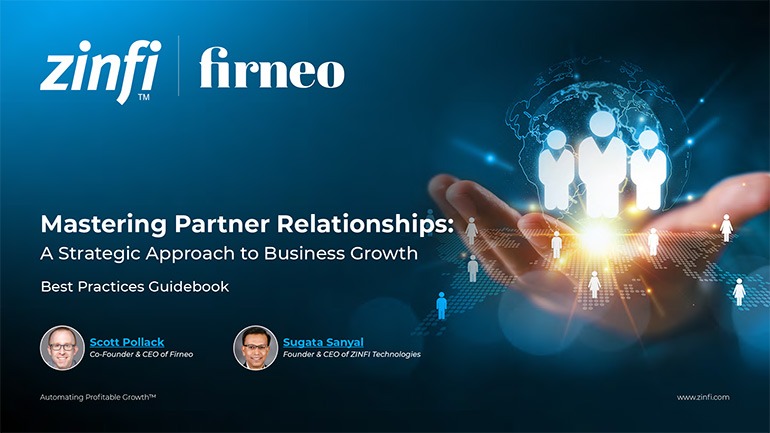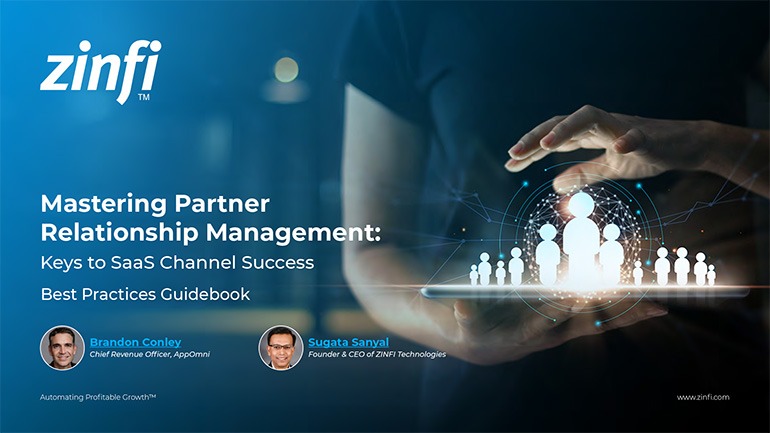Glossary - How to - Partner Engagement Strategy
How to Develop an Effective Partner Engagement Strategy?
Introduction
Understanding Partner Engagement Strategy
A partner engagement strategy is a structured approach businesses use to cultivate strong, productive relationships with their partners, such as distributors, resellers, and affiliates. Partner engagement encompasses everything from initial onboarding and training to ongoing collaboration, communication, and incentives that ensure a mutually beneficial partnership. Effective engagement strategies increase partner loyalty, drive revenue growth, and improve business efficiency.
In today’s interconnected business landscape, an effective partner engagement strategy is crucial for organizations leveraging indirect sales and channel partnerships. Companies implementing a well-designed engagement strategy can enhance partner performance, build brand advocacy, and ensure long-term success in competitive markets.
The Role of Partner Engagement Strategy in PRM
A structured partner engagement strategy is integral to Partner Relationship Management (PRM). PRM platforms offer businesses automated solutions to streamline onboarding, training, communication, and performance tracking. By utilizing PRM software, companies can:
- Automate partner onboarding processes.
- Offer personalized training and certification programs.
- Track partner performance through analytics.
- Enhance communication and collaboration.
- Improve incentives and reward systems for active engagement.
To maximize the benefits of partner engagement, businesses should integrate PRM tools with a well-defined strategy tailored to their partners’ unique needs.
Key Takeaways:
Define Clear Partner Engagement Goals:
To build an effective strategy, businesses must first outline clear objectives. These objectives should align with overall business goals and consider partner sales targets, market expansion, and customer satisfaction.
Best Practices:
- Identify key performance indicators (KPIs) like revenue growth, deal registrations, and training completion rates.
- Establish short-term and long-term engagement benchmarks.
- Ensure alignment between business and partner objectives.
Leverage Technology for Seamless Partner Collaboration:
PRM platforms enable companies to streamline partner engagement through automated processes and real-time communication.
Best Practices:
- Implement PRM software for onboarding, training, and performance tracking.
- Use AI-driven analytics to gain insights into partner behavior.
- Integrate communication tools (e.g., chat platforms, forums) for seamless interactions.
Provide Comprehensive Training & Certification Programs:
Partner education is critical for long-term success. Businesses should offer structured training, certification programs, and knowledge-sharing resources to ensure partners understand product offerings and sales techniques.
Best Practices:
- Develop online learning modules and self-paced training programs.
- Offer gamified certification programs to encourage participation.
- Provide role-specific training based on partner business models.
Establish Incentive & Reward Programs:
A well-structured incentive program motivates partners to stay engaged and drive sales. Rewards can include commission bonuses, marketing development funds (MDFs), and tiered partner levels.
Best Practices:
- Introduce tiered partner programs with increasing benefits.
- Offer financial and non-financial incentives like co-marketing opportunities.
- Recognize high-performing partners with exclusive rewards.
Maintain Ongoing Communication & Support:
Effective partner engagement requires continuous communication, feedback loops, and support. Businesses should create open channels for collaboration, address partner concerns, and provide regular updates on business developments.
Best Practices:
- Host regular webinars, newsletters, and partner events.
- Implement a dedicated partner support team.
- Gather partner feedback to improve engagement strategies.
Summary of Key Takeaways:
- Establish clear engagement goals aligned with business objectives.
- Utilize PRM technology for streamlined partner management.
- Provide ongoing training and certification programs.
- Implement structured incentive and reward systems.
- Maintain open communication and provide continuous support.
Key Examples:
- Automotive Manufacturing: Car manufacturers collaborate with dealership networks through structured partner programs including training, sales incentives, and co-branded marketing initiatives.
- Consumer Electronics: Technology brands provide real-time sales training, demo access, and co-marketing resources to distributors and resellers using PRM platforms.
- Energy Production: Renewable energy companies engage partners through certification programs and financial incentives to drive solar and wind energy adoption.
- Financial Services: Banks and fintech companies leverage PRM systems to manage affiliate networks and referral partnerships for financial products.
- Food and Beverage: Franchises and distributors in the food industry benefit from loyalty rewards, training programs, and centralized communication hubs.
- Healthcare Services: Medical device manufacturers provide training, compliance support, and financial incentives to partners distributing healthcare products.
- Information Technology: Software vendors use automated PRM tools to offer partner training, deal registration, and performance tracking.
- Pharmaceutical Development: Pharmaceutical firms engage distribution partners through specialized compliance training and incentive programs for product promotion.
- Retail Industry: Retail chains collaborate with supply chain partners using PRM solutions to optimize inventory management and customer service.
- Telecommunications: Telecom providers establish structured partner programs with certifications, co-op marketing funds, and sales performance tracking.
Conclusion:
Developing an effective partner engagement strategy is crucial for businesses leveraging channel partnerships. Organizations can build strong, mutually beneficial relationships with their partners by defining clear engagement goals, utilizing PRM technology, offering structured training, and maintaining consistent communication. These strategies ensure partner loyalty, increased revenue, and sustained business growth. By integrating these practices into their partner engagement strategies, businesses can foster stronger relationships, improve operational efficiency, and maximize profitability in their partner networks.
Associated Keywords:
- Channel Partner Engagement Best Practices
- How To Increase Partner Engagement
- Partner Relationship Management Strategies
















